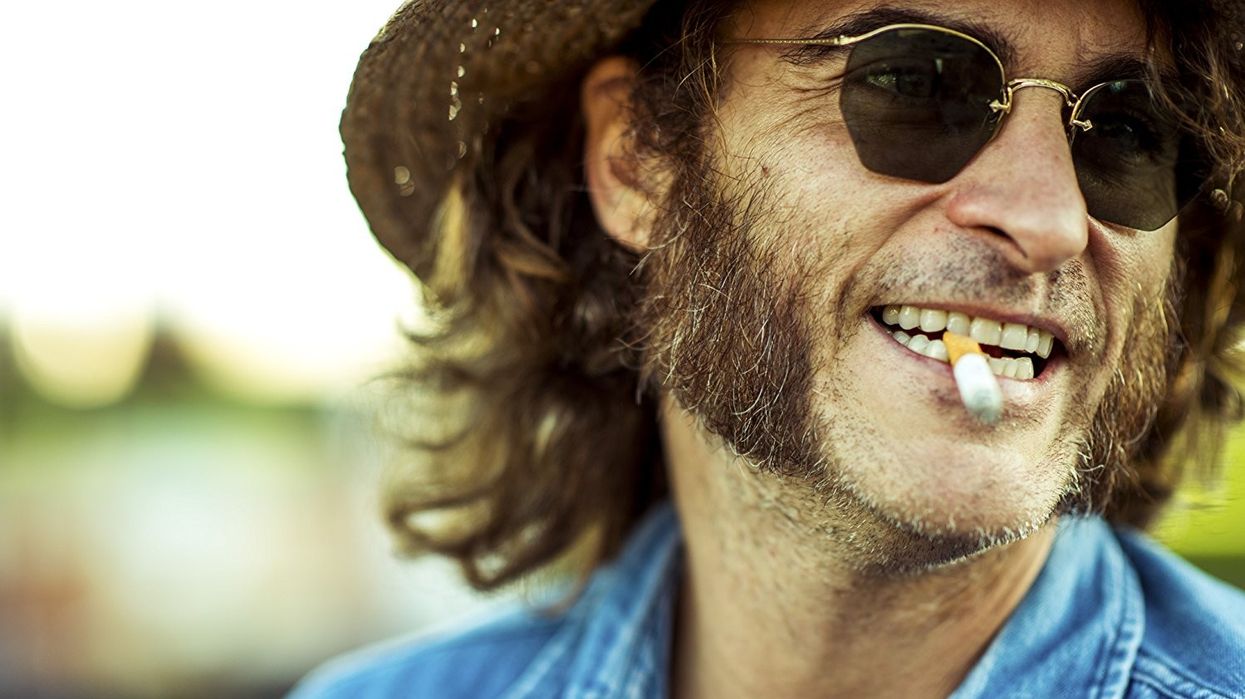How Long Average Shot Lengths Change How We Watch PTA's Films
Paul Thomas Anderson clearly wants his audience to marinate in each cinematic moment.

Ever since the great transition from physical to digital editing, the rise in popularity of action-packed superhero movies, and, you know, the invention of continuity editing, the average shot length (ASL) of modern movies has gotten shorter and shorter.
I mean, for the love of Pete, Mad Max: Fury Road won the Oscar for Best Film Editing in 2016 and its ASL is a 2.1, which is only slightly longer than those of Taken 3 and Resident Evil: Apocalypse which come in at a microscopic 1.7. So, when the ALS numbers of a particular director's films hit a higher average you tend to take notice.
Take Paul Thomas Anderson, for example. Editor Vashi Nedomanski, who has worked and consulted on projects like Gone Girl, Sharknado 2, Deadpool, crunched the numbers (or perhaps dug around Cinemetrics for a while) and created another one of his ASL one sheets displaying the director's clear penchant for lingering on shots.

For all but one of his movies, Robert Elswit has been tasked with the cinematography (the jury is still out on who lensed Phantom Thread), and the collaboration between the two has produced one of the director's most distinguishable hallmarks: the long take. And they change the way we watch his films.
How? Well, longer takes force us to marinate, to slow down, and spend considerably more time with them than we do with images that stay on the screen at a 2.1-second average. This slower pacing isn't designed to make us feel excited or get our hearts pumping but to plant us in the moment so we pay closer attention to the emotions present within the scene.
Of course, this isn't necessarily true for Anderson's long tracking shots. You see them in the opening scene in Boogie Nights, in There Will Be Blood, and many others.
These have several effects. For one, they do pretty much the opposite of his simple long takes. They put us right in the action, right in the drama, right in the minds of each character during some of the more chaotic and frenetic points of the story, so we feel the heightened emotions that they're feeling.
They also give us a good lay of the land by guiding us through the environment each character is in. We're no longer mere spectators, because we're right smack dab in the middle of the scene, with the camera acting as our eyes and the extended camera movement acting as our legs.

It's no surprise that the average shot length of a Paul Thomas Anderson film is longer than other modern films. He wants to draw us in and he wants us to pay closer attention. He wants us to stay long enough that we can immerse ourselves in all of his films' important cinematic moments, to feel the pain, the joy, and the loneliness of his greatest, most ill-fated characters.
Source: Vashi Visuals











